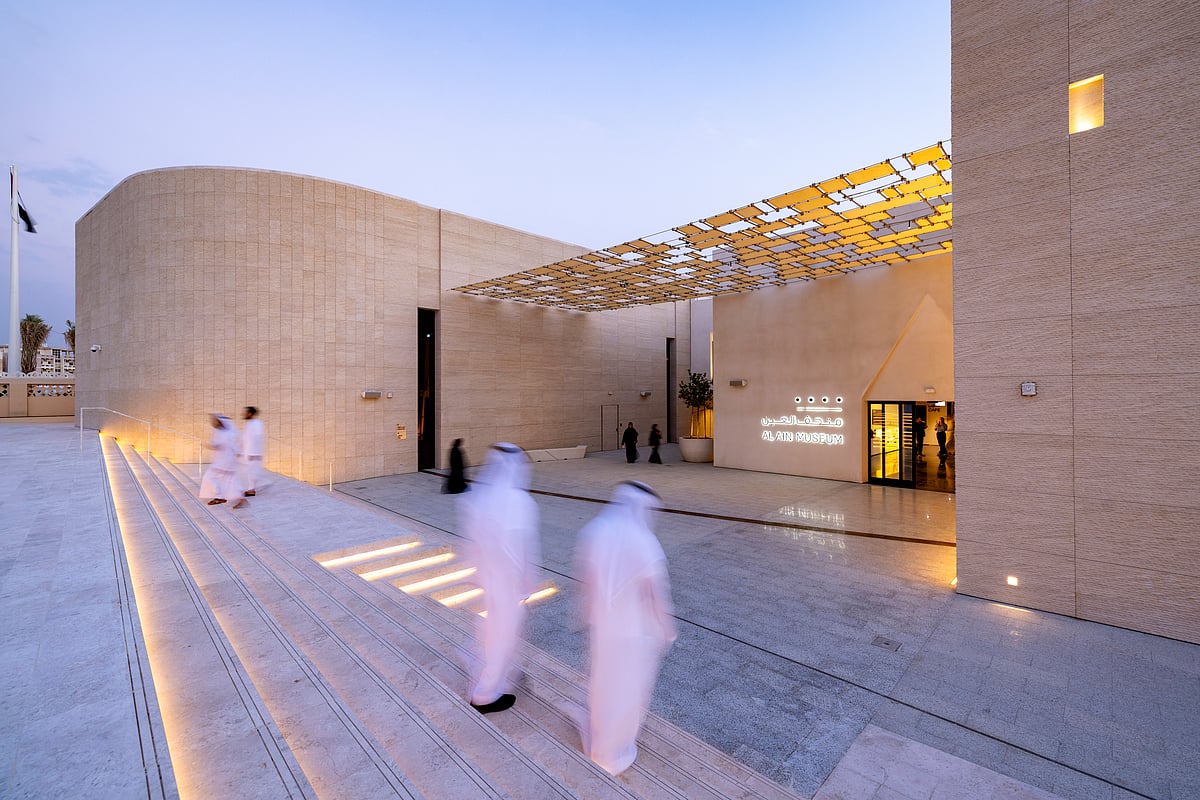Al Ain Museum visitor guide: Tickets, timings and what to see
Ticket prices, opening hours and must-see exhibits inside the UAE’s oldest museum

Dubai: Al Ain Museum, the first museum established in the UAE, has officially reopened after an extensive redevelopment that blends heritage with modern design. Founded in 1969 by the late Sheikh Zayed bin Sultan Al Nahyan, the Founding Father of the UAE, the museum stands in the heart of Al Ain beside the historic Sultan Fort.
As a cultural landmark, the museum traces over years of history — from early human settlements and ancient irrigation systems to the traditions that shaped life in this desert oasis. Following its redevelopment by Dabbagh Architects, the museum now spans more than 8,000 square metres and serves as a central hub for understanding Al Ain’s UNESCO-listed heritage sites.
Museum sections and galleries
Visitors can explore a rich collection of 1,800 artefacts that narrate the story of human habitation in the Al Ain region. Each gallery has been designed to offer an immersive journey through time:
Museum Introduction
Begin your visit by discovering Sheikh Zayed’s vision for preserving the UAE’s origins. This section introduces Al Ain’s role as a cradle of civilisation and a World Heritage treasure.
Palaeolithic Gallery (More than 10,000 years ago)
Learn how early humans adapted to shifting climates, using stone tools that reveal the beginnings of life in the region.
Neolithic to Iron Age (300–8000 BCE)
Explore monumental tombs, burial sites and artefacts that uncover rituals, beliefs and early innovations in desert living.
Aflaj & Wells Gallery (1000 BCE–1950 CE)
Discover how the aflaj irrigation system sustained ancient communities, ensuring agriculture and stability across centuries.
Archaeological Tombs (300 BCE–300 CE)
Step into the world of ancient ceremonies and beliefs through excavated tombs, animal burials and ceremonial relics.
Late Pre-Islamic to Late Islamic Period (300 BCE–1960 CE)
Trace Al Ain’s evolution into a crossroads of trade, culture and faith, through early coins, pottery and inscriptions.
Late Islamic Period (1900–1960 CE)
Experience how daily life flourished — from date palm farming to gahwa gatherings — showing the roots of community and tradition still alive today.
Temporary Exhibitions
Rotating displays feature new archaeological discoveries and contemporary interpretations of Al Ain’s living heritage.
Alongside these galleries, the museum includes research facilities, educational workshops, a reading room, a café, and a retail shop — making it ideal for visitors of all ages.
Al Ain Museum timings
Open daily (including weekends): 9 AM to 7 PM
Located close to Al Jahili Fort and Al Ain Oasis, the museum is easily accessible by car or public transport. Well-marked signs direct visitors from Abu Dhabi, Dubai, and Sharjah, with travel times of roughly 90 minutes to two hours. Parking is available nearby.
Al Ain Museum tickets
47.25 - General Admission (Adults 18+)
Free - General Admission youth under 18)
Dh36.75 - Guided Tour (Adults 18+)
Dh18.38 - Guided Tour (Under 18)
Visitors eligible for complimentary or reduced admission can purchase tickets at the museum’s ticket desk by presenting a valid ID or membership card. Some categories eligible for complimentary include senior citizens above 60, ICOM members, Fazaa and Esaad card holders get 300 per cent off.
Network Links
GN StoreDownload our app
© Al Nisr Publishing LLC 2025. All rights reserved.